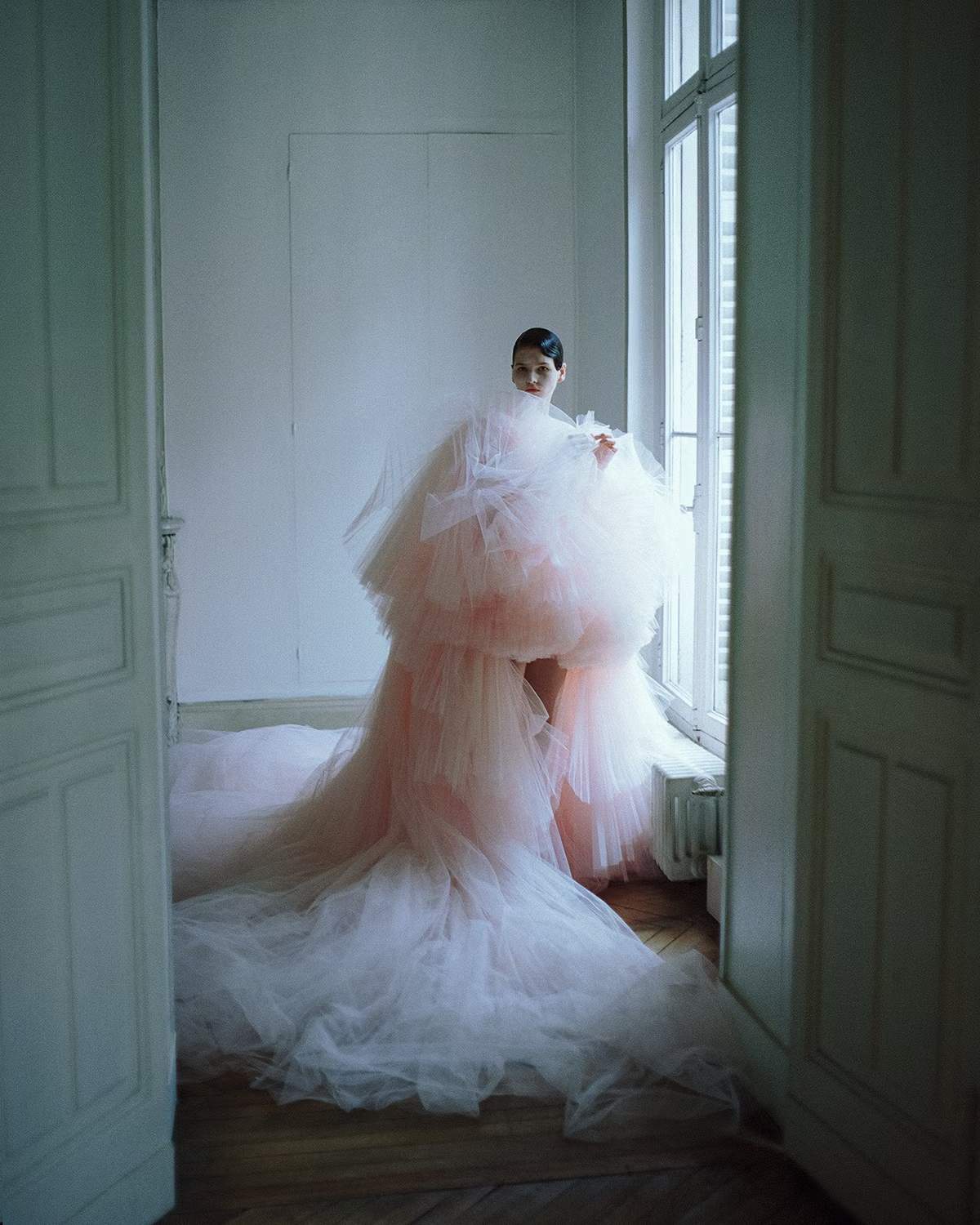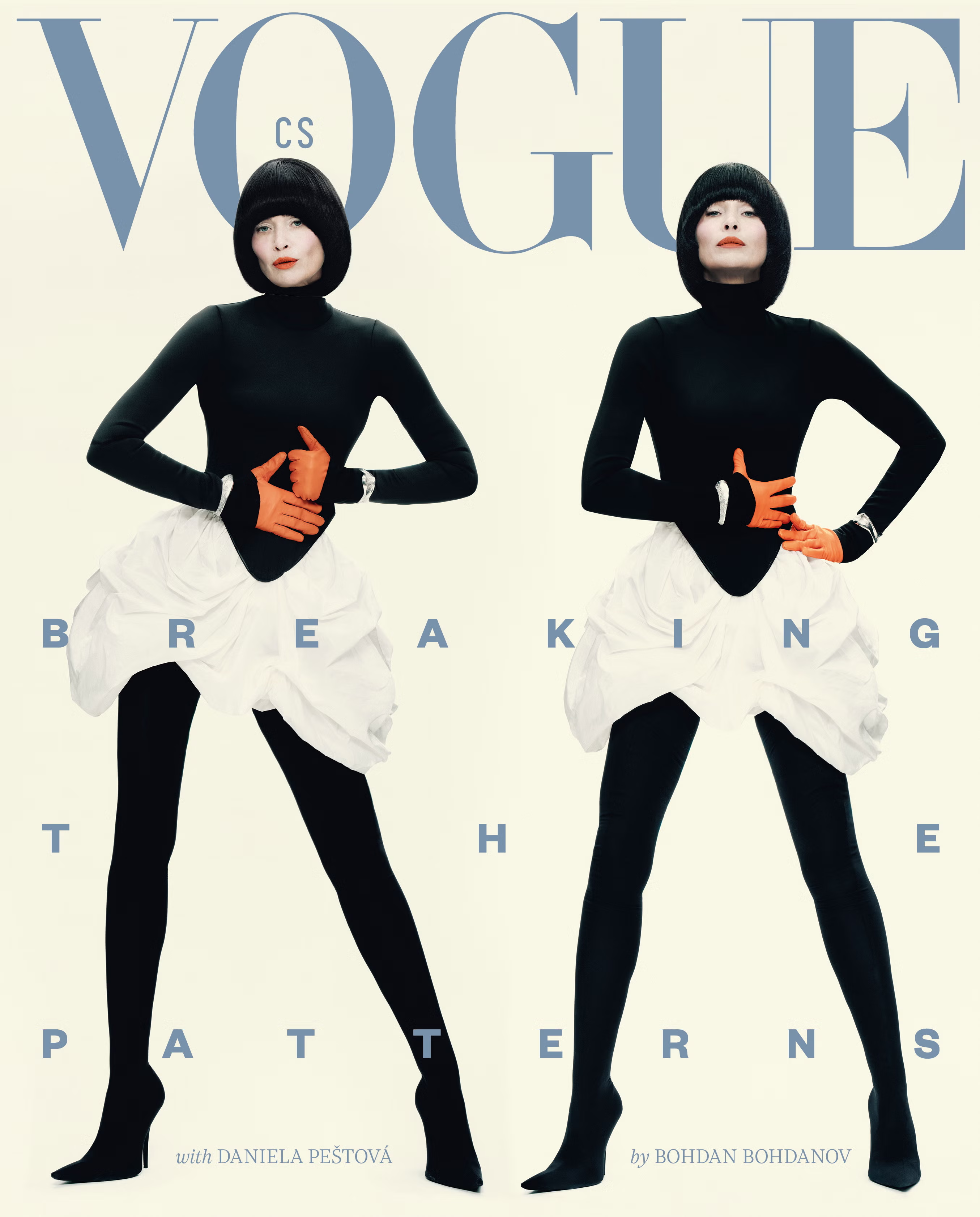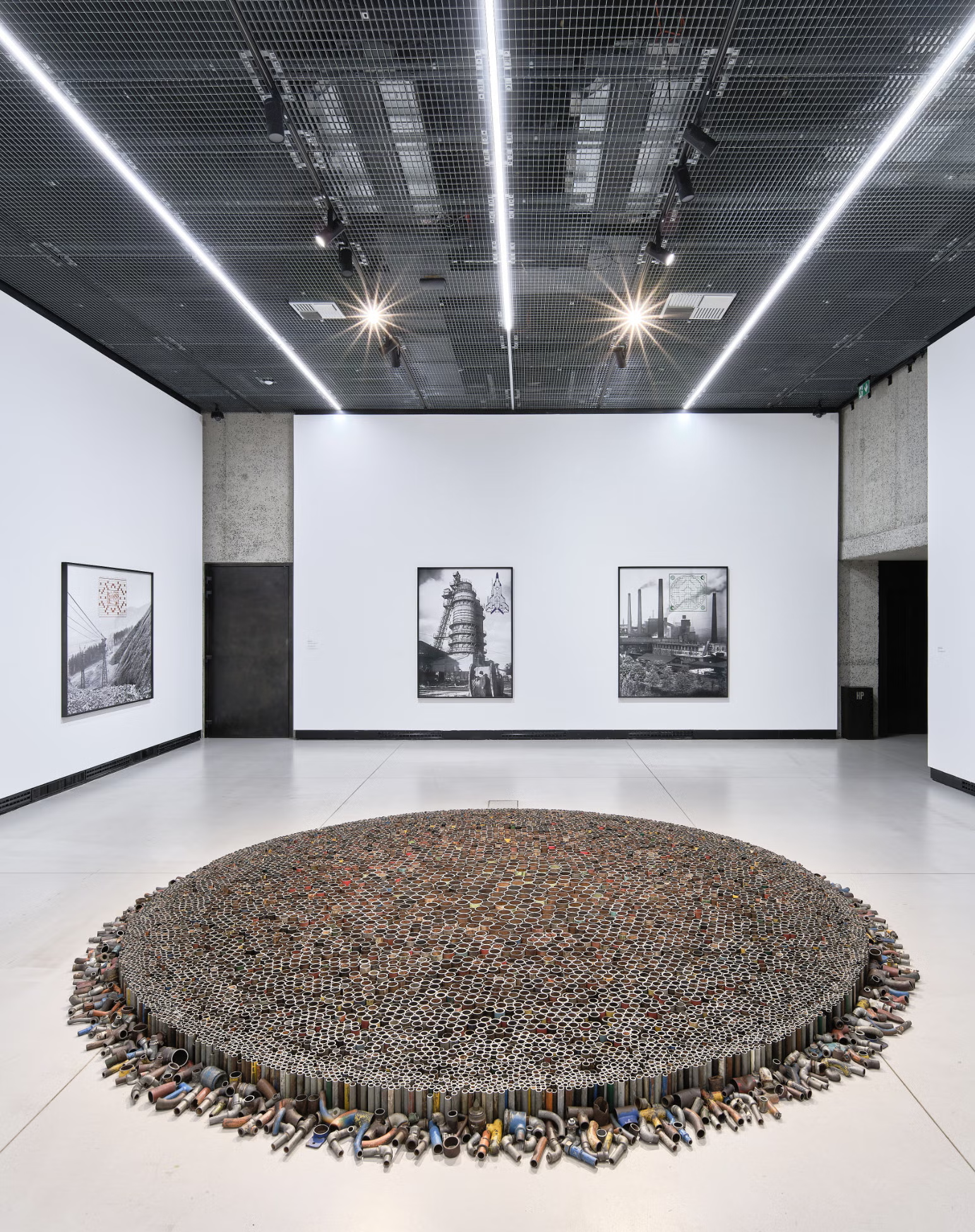Vogue CS in English
What Makes Fashion Truly High?
Piotr Zachara4. 3. 2020
At the recent Dior Homme show in Paris early this year, everything was as expected: le grand, magnifique, epic. The giant tent raised on the ridiculously vast – call it imperial - Place de la Concorde, the highway long catwalk, the fashion crowd attending the show with an excitement appropriate for a coronation ceremony. Yet none of these “additional bonfires” could compete, let alone overshadow, the closing look of the show, the highlight of the fall 2020 menswear collections: a silver-metal feather embroidered coat, roomy, but damn elegant. Menswear has never been that close to haute couture and it probably won’t stop here either. Instagram’s Diet Prada rushed to announce the pattern was lifted from a 1969 Dior couture dress and took 940 hours to embroider. Wow! Which leads me to the conclusion/suspicion that Dior’s pattern could have been made by… Chanel, or courtesy of Chanel, to be precise. How come? Welcome to behind the scenes of the fashion world, where executives act like good guys and the house of Chanel plays a role of self-appointed guardian of what makes couture “haute”. And that would be the artisan workshops.
Want to see magic happening on a daily basis? Head to Pantin, a scruffy northeastern suburb of Paris where Chanel built a sanctuary for its in-house artisans. Here is where Lemarié, established in 1880, gracefully does its best, which is feathers and artificial flowers. Don’t you dare call them fake, in a way they are better than the real thing. (And even if they’re not, I’ve still got the right to exaggerate - it’s a couture state of mind, darling). Right next door to Lemarié, resides Lesage, embroiderer since 1858 and tweed-maker contracted by Chanel in 1983. Another embroiderer, Atelier Montex, is also there, and so is costume jeweler Desrues, and hatmaker Maison Michel, and shoemaker Massaro, and goldsmith Goossens, and glovemaker Causse, and pleater Lognon. Each and every one of them represents the heritage, the highest standard of their craft and the highest skills and techniques passed down from generations with the solid intention of not changing a single thing. Why would they, perfection is to be preserved, not amended or updated. At the end of each year, Chanel hosts a special show, Métiers d’art, to highlight the importance of artisanal work in the process of creating ultimate luxury. Although all of the brands mentioned are owned by Chanel (in 1997, the eponymous fashion brand established a subsidiary called Paraffection – meaning “with affection”), other couturiers are more than welcome to commission, cooperate and place orders. Dior, Louis Vuitton and Valentino are regulars here. It’s not magic, Chanel executives say, it’s a mission: to maintain all of the links of the fashion chain in the correct order and create a bond that is stronger than ever. Nobody wants history to repeat itself, go just two and a half decades back when couture and artisans where considered part dusty stuff of fairy tales and part panda – an exotic creature on the verge of extinction.

Foto: Marek Micanek
There are just fourteen French houses practicing couture today – down from 106 in 1946. For much too long, couture was fashion’s equivalent of royal family: it sucked millions out of its owner pocket offering not much more than a faint wave of hand dressed in a precious silk glove. It rarely paid back the money spent to create a collection of heavenly gowns worn by the elite’s elite, the super-rich ladies of the world (plus a bunch of A-list celebrities renting looks for red carpet events only). Some faithless individuals called couture an overpriced PR engine turned on twice a year to boost business for more accessible prêt-a-porter, accessories and beauty products, especially perfumes. No one expected any profits since the group of clients willing to wear and pay thousands for a made-to-measure, one of a kind garment consisted of less than one hundred senior citizens. Year by year, that exclusive club was shrinking. But then came the new century, with new Russians, new Asians, new Americans, Croesuses’s spawn, where fortunes are being made from scratch (China, India, Silicon Valley, Eastern Europe…) or inherited (Emirates). Fortune magazine claims that in the U.S. alone 1,700 millionaires are created every 24 hours, while somewhere around the world a new billionaire is being made every other day. Not all of the insanely rich are being born and raised to appreciate quality and design, but if you give them some time and offer a little explanation, they might buy literaly everything. That is why, in 2019, Hermès has traveled the world with the head artisan of its handbag division to demonstrate why it takes 20 to 25 hours to create a single Kelly Bag. That is exactly why Celine, Iris van Herpen and Peter Dundas are adding couture to their repertoire, joining the ranks of Chanel, Dior and Givenchy while Yamamoto, Balmain, Maison Margiela and Ronald van der Kemp prefer to be considered demi-couture brands, a few steps up from “common” ready-to-wear. Even Demna Gvasalia of Balenciaga couldn’t resist the temptation and has just announced the brand’s return to fashion’s Olympic games after a 52-year break. The walking dead that couture, with all its suppliers, once was turned out to be princess charming in disguise, appreciated again for its refined beauty, creativity and excellence. Especially in terms of craft, because no matter how high technology gets with all its lasers, 3D printers and scanners, no tool gets nearly as precise and delicate as the human hand. Suck it AI, just suck it!
I’ve recently reached that stage of my life where charming other people relies more on my knowledge than on my outer beauty. It was shockingly sad and humiliating discovery that turned out to be also insolently underpaid. I’m talking about lecturing fashion students at the university, what else? In order to smoothly introduce Generation Z to haute couture – what it is, where it originated from and why we must admire it - I used a catalog from High Society, a 2018 exhibition at Rijksmuseum in Amsterdam. Oh boy, what a show that was: 40 life-size portraits of noble citizens from mostly pre-industrial Europe. Like an analog prototype of Instagram, although only one guy qualified as a hottie - Samuel-Jean Pozzi painted by Sargent and just two ladies might have ended up on a Vogue cover - Marches Luisa Casati by Boldini and Jane Fleming by Sir Joshua Reynolds. All others were just, to keep in line with the now mandatory total inclusivity, unique or special. My students got instantly hooked and enchanted by what they saw, almost like sailors lured by siren’s songs. They said: “look how crazy that embroidered the jacket is.” And: “that collar is pure fantasy.” And: “laces seem to weigh less than a cloud, can you feel it?” And: “why fashion is so boring nowadays, let’s make it fun again.” Oh yeah, my dear kids, mesmerize, hallucinate, feed your eyes with illusion. That’s exactly the opposite of what couture is: a trophy. An extreme sophistication reserved for privileged bastards who demand fancy attire before drowning themselves in vanity. An arrogant proof that life is not fair and was never meant to be. Russians tried to rearrange the order of this world once, about 100 years ago. Where are they now? Exactly, thank you very much indeed. Pain aside, one thing needs to be said loudly: couture remains an exceptional example of fashion sustainability. All these sequin daises hand sewn to organza gowns, ostrich feather trims and gems on encrusted pumps of silk are created to last for generations – nobody is that stupid or decadent to wear them daily and hand them over for dry cleaning at the nearest mall.
There is enough space at Pantin to accommodate all of the workshops, employees and trainees plus, a real treasure, ever-expanding archives of each brand. Come and see how pathetic you are. Let us do you a favor and show your limitations. That’s how Pantin could advertise itself as an education destination for emperors of fast fashion AKA “stuff for real people.” How would it feel for them to witness these artisans’ dedication and pride of what they achieved? That cannot be replicated and adjusted for a wider audience. You can lift any design and recreate it with second-rate silk using a sewing machine, but the final result will be cheap, tacky, disappointing. Yet it doesn’t mean that middle of the range brands can learn nothing here. Actually, they already did. Hence, Nest, a U.S. non-profit organization established in 2014 that acts as a matchmaker between U.S. fashion and craftsmen around the world. “The artisan economy has never been more important”, says Financial Times, “The global market is estimated to be worth upwards of $30 billion and about two thirds of that is created in the developing world, where it is the second largest employer after agriculture.” We’re talking about different levels of quality, but the logistic pattern is pretty much the same. In addition to advising, overseeing and supporting already established relationships, Nest has financed construction of a building for silk weavers in Varanasi, India so they can continue their ancient craft during monsoon months. John Sterner, the Swedish knitwear brand created by Alexander Stutterheim of the namesake raincoats, claims to be “the antidote to the disposable culture.” All Sterner garments are handmade of quality wool by Syrian refugees. Even Arket, H&M’s take on the Dover Street Market concept, introduced some artisanal brands like Iris Hantverk (of hand bound brushes), plus a few almost-artisans e.g. Klippan (of pure wool blankets). This means that we still look high up for examples, not the opposite. And we better keep it that way. For fashion’s sake.



